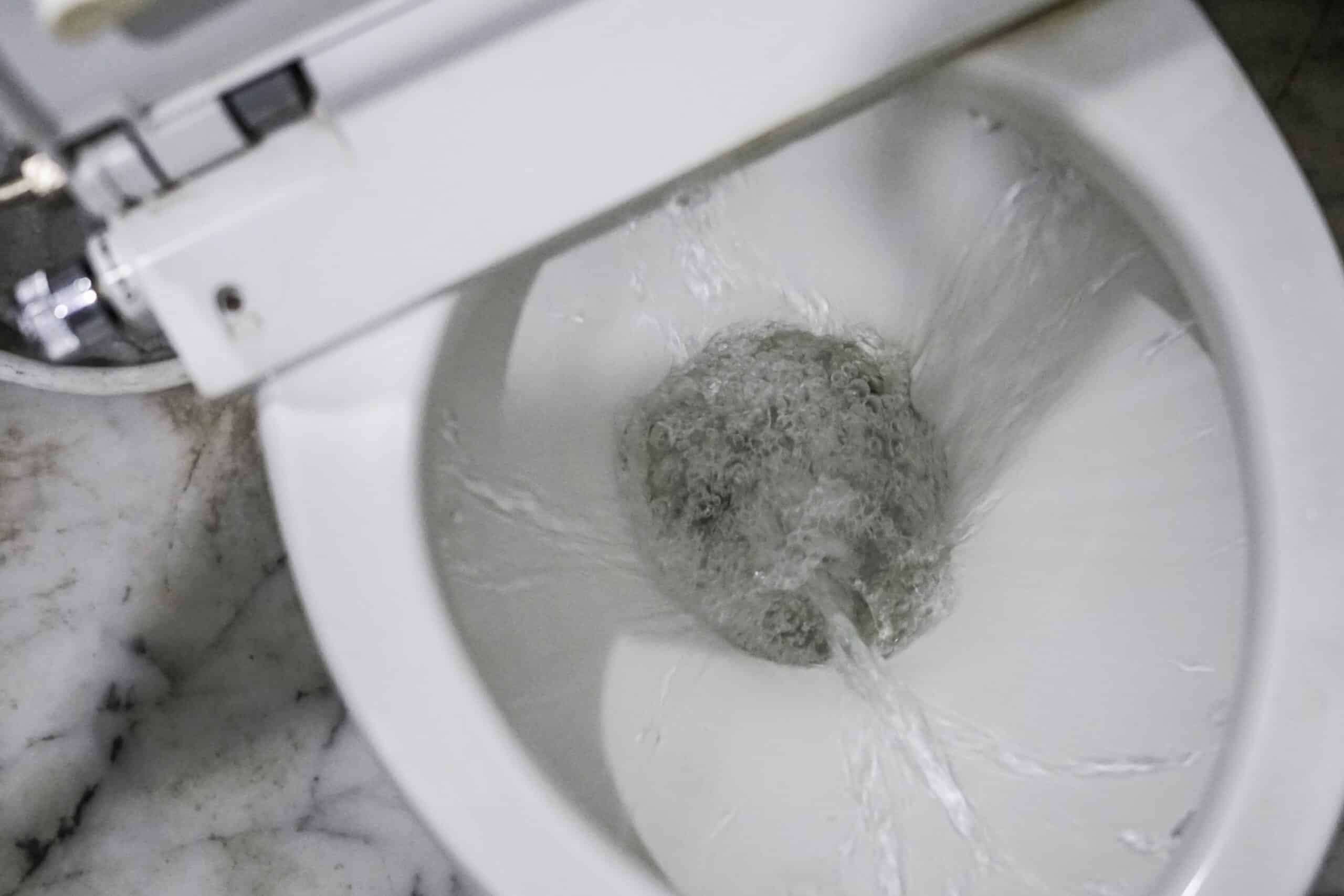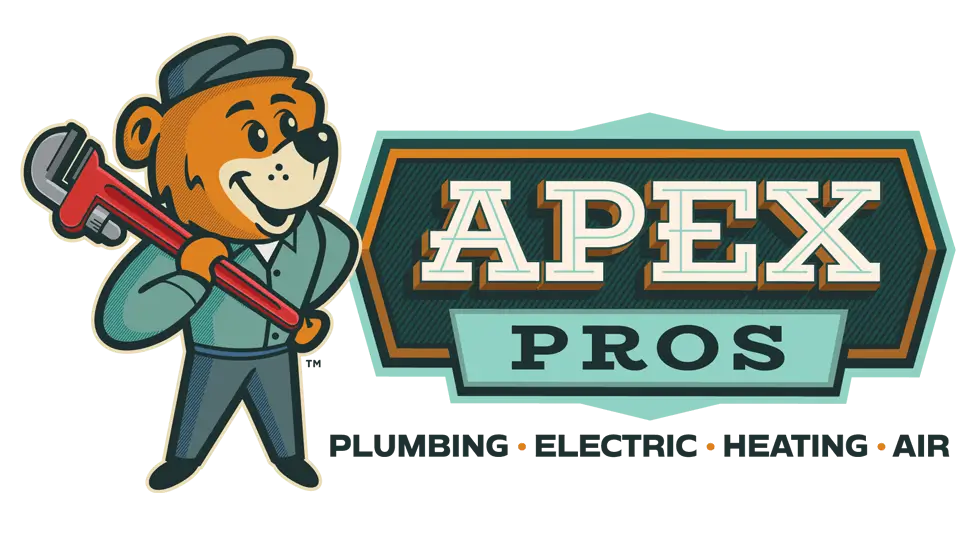
The sound of a steady drip or the sight of an unexpected water stain can send any homeowner into a panic. And for a good reason: water leaks can lead to extensive structural and property damage if left unaddressed. To help keep your living spaces dry and damage-free, we’ve compiled a list of the top 10 culprits that cause water leaks in homes.
1. Clogged Drains
Over time, hair, soap, grease, and other debris can accumulate in drains, causing obstructions. These clogs prevent water from flowing freely, leading to backups and overflow. As the water searches for an escape route, it can seep through cracks or seams in the piping or fixture. Prolonged clogging can also exert undue pressure on pipes, potentially causing weak points that result in leaks. Routine cleaning and timely attention to slowing drains can prevent clogs from developing. Additionally, using drain covers or strainers can catch debris before it enters the drain, reducing the risk of blockages.
2. High Water Pressure
While high water pressure might make for a satisfying shower, it can damage home plumbing systems. Excess pressure exerts strain on pipes, joints, and valves. This constant strain can lead to leaks or even burst pipes. Often, homeowners may hear a knocking sound in their pipes, a phenomenon known as “water hammer,” a direct result of high pressure. Regular monitoring of water pressure and installing pressure-reducing valves can help manage and prevent damage from elevated pressure.
3. Corroded Pipes
Corrosion develops when metal deteriorates due to chemical reactions, often with water and oxygen. Over time, pipes, especially those made of iron or steel, can corrode and thin out, leading to pinhole leaks or fractures. Factors like high mineral content in water, pH imbalances, or exposure to certain chemicals can accelerate corrosion. Replacing old pipes with those made of more corrosion-resistant materials or using corrosion inhibitors can help prolong pipes’ lifespans.
4. Frozen Pipes
In cold climates, pipes can freeze if they’re not adequately insulated or the water inside them becomes stagnant. As water freezes, it expands, putting immense pressure on pipes. This can lead to cracks or full breaks. Once the ice thaws, water can leak from these damaged areas. To prevent pipes from freezing, keep water moving during cold spells, and drain unused water lines in anticipation of freezing temperatures.
5. Faulty Seals Around Sinks
Seals, often referred to as caulking or sealing agents, are specially designed to create a watertight barrier where the sink meets other surfaces, typically countertops or walls. These barriers are vital not only for aesthetic reasons but also to prevent water intrusion. However, even the most robust seals can degrade. Factors such as exposure to moisture and cleaning agents can expedite this degradation process. Once this degradation starts, seals can crack, peel, or shrink, leaving gaps where water can seep.
Detection of faulty seals often requires a keen eye. Early signs include sealant discoloration, a change in texture, or slight pulling away from the surface. Delay in addressing these issues might lead to more significant concerns, such as waterlogged cabinets, rotting wood, or even mold and mildew proliferation underneath the sink or in adjacent areas.
6. Cold Water Tank Failure
A cold water tank, often found in lofts, stores and supplies cold water to certain fixtures in a home. The tank or its components can deteriorate, leading to leaks. Factors like corrosion, faulty ball valves, or a damaged overflow pipe can cause leaks. Regular tank maintenance and inspection can prevent or promptly address leaks.
7. Expansion Due to Heat
Thermal expansion is a fundamental principle in physics whereby materials tend to change in volume in response to temperature changes. In the context of plumbing, when water heats up, it expands. This phenomenon is particularly relevant in closed plumbing systems where water, with no easy escape route, can place significant pressure on pipe walls, valves, and other components.
Pipes made of different materials, such as PVC, copper, or PEX, have varied coefficients of thermal expansion. This means that each will expand at different rates when exposed to heat. When pipes expand or contract too much, they can strain the connections at joints or fittings. This constant flexing can weaken these points, leading to potential failures and leaks.
Also, in closed systems, especially those with a backflow prevention device, there’s no place for expanded water to go. This can lead to a significant increase in water pressure, which is detrimental to the plumbing’s integrity. Installing devices like expansion tanks can help accommodate this extra water volume.
8. Severe Weather Events
Severe weather events like storms or hurricanes can cause leaks in various ways. Strong winds can damage roofs or walls, allowing rainwater to enter homes. Floods can strain drainage systems, leading to backflows or inundations. Homes in susceptible areas should be fortified with storm-resistant features and inspected by professionals, especially after significant weather events.
9. Hot Water Heater Leaks
Water heater leaks can arise for various reasons, and understanding the intricacies can help in both prevention and timely repair. One primary cause is the buildup of sediments inside the tank. As the water heats, minerals like calcium and magnesium can precipitate and settle at the tank’s bottom. An anode rod inside the tank works as a sacrificial component, corroding before the tank does. If this rod wears out and isn’t replaced, the sediment buildup can cause the tank to deteriorate faster and potentially rust from the inside.
An additional cause is the failure of the temperature and pressure relief (T&P) valve. This valve lets out additional pressure if the water temperature rises too high. If the valve malfunctions, pressure can build up, leading to leaks or even an explosion.
10. Weak Plumbing Joints
Plumbing joints act as connective points between different piping sections or between pipes and fixtures. These joints, when compromised, can become primary sources of leaks. There are many reasons for joint weaknesses. For one, improper installation plays a significant role. If the joints are not adequately sealed or are misaligned during installation, they can become susceptible to leaks. The type of sealant used, be it soldering for metal pipes or adhesive for PVC, needs to be appropriate for the material and applied correctly.
With time and use, these joints can also experience wear and tear. Temperature fluctuations can cause pipes to expand and contract, putting additional stress on the joints. Similarly, high water pressure can strain these connection points. The material composition is another aspect to consider. Some older homes may still have joints made of materials that corrode over time, especially when exposed to certain water chemistries. For instance, galvanized pipes, commonly used in older homes, are prone to rusting and can weaken at the joints.
Call Plumbing Professionals Near You Today!
Are you in Columbus, OH, or the surrounding areas and in need of top-tier plumbing services? Look no further than Apex Plumbing, Heating, and Air Pros. For repiping, water heater repairs, and sump pump installations, we’ve got you covered. Our skilled team also specializes in drain cleaning and repair, sewer camera inspections, and efficient septic tank services. Don’t wait for a minor issue to become a major headache. Call Apex Plumbing, Heating, and Air Pros today to ensure that your home’s plumbing is in top-notch condition!





